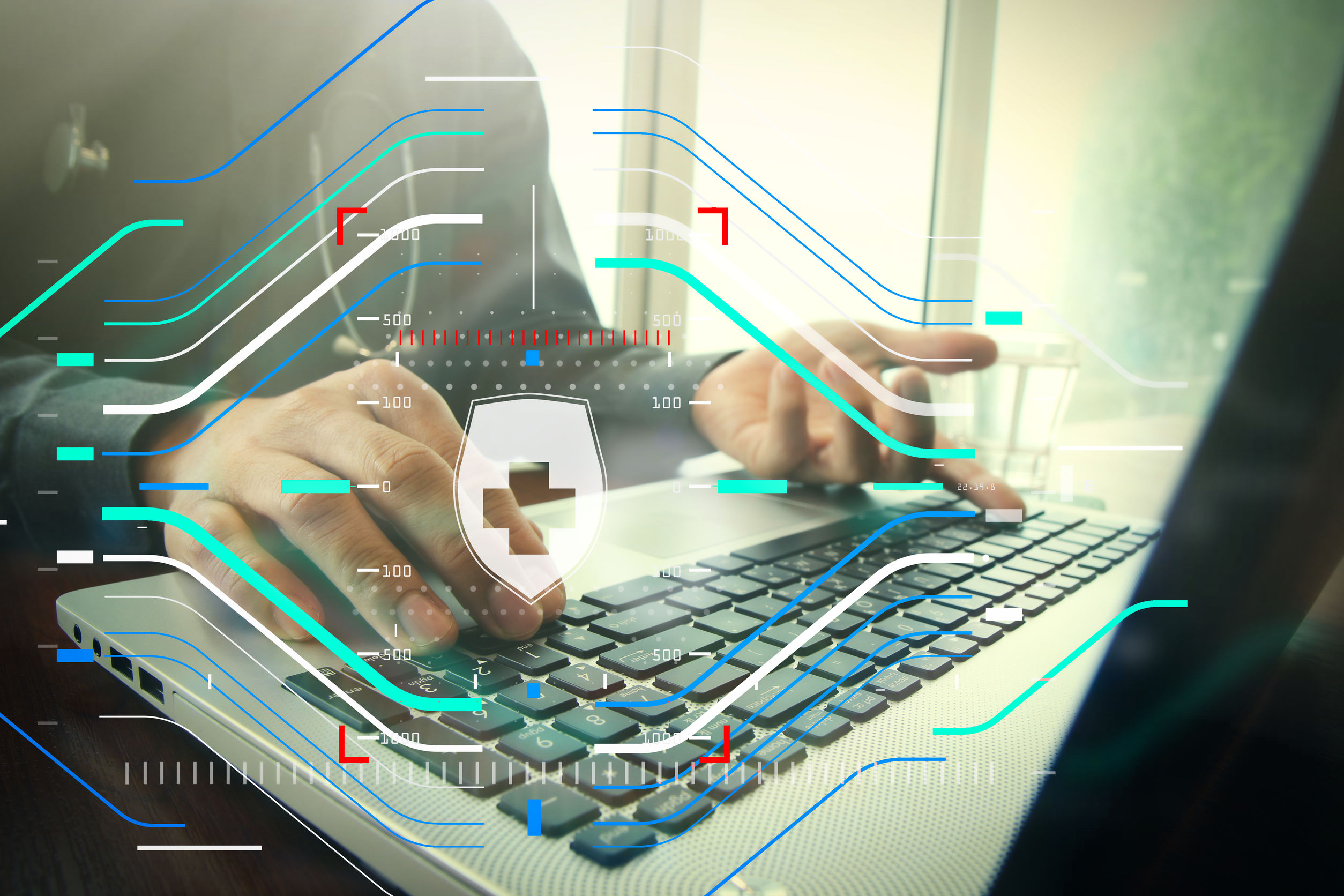Boese: Tech tips to give wellbeing the attention it deserves
- HRM Asia Newsroom

A few months ago, I set out to articulate the most pressing short- and long-term challenges facing HR and business leaders from the coronavirus pandemic: business agility, wellbeing and leadership. Today, considerable uncertainty, stress, anxiety and even “pandemic fatigue” remain as the crisis continues to weigh on employees, HR professionals, leaders—heck, everyone.
Just a few weeks ago, many of us felt things were trending more positively: Cases of COVID-19 in the earliest and hardest-hit regions of the country had started to slow, while other regions were beginning to re-open workplaces and return to something close to “normal.”
But then, many of the less-impacted areas began to see surges in cases and hospitalizations. Workplaces that were preparing to reopen are now sitting in new hot spots, and going to work brings considerable uncertainty and even risk. At the same time, earlier trouble spots like New York and New Jersey are slowly seeking to open up businesses and workplaces—despite concern about opening up too broadly or rapidly. It all adds up to an environment of unprecedented confusion, ambiguity and worry—and that weighs heavily on all of us. That’s why the pandemic’s impact on employee wellbeing must be the primary concern for HR leaders.
Although HR technology solutions geared toward supporting employee wellbeing have existed for some time, the industry will have to innovate quickly to supply technologies to address what has become almost an acute wellbeing crisis in the workplace. In addition, some non-traditional wellbeing technology providers, including Salesforce, PwC and ServiceNow have rapidly developed a new category of wellbeing technology–so-called “Return to Work” tools. We plan to take a deep dive into these tools and their usage during the HR Technology Conference® in October.
Since coronavirus began, the most important areas for HR and business leaders to focus on have been and remain business agility, employee wellbeing and the evolution of leadership. Last month, I took a deeper look at business agility and how organizations can think about making the HR function and organization more agile and adaptable. This month, I want to dive into employee wellbeing and share some ideas about how HR leaders and organizations can truly engage with and work to ensure the wellbeing of their teams in these trying times. Let’s think about the most common aspects of wellbeing (understanding these are not the totality of wellbeing): physical, mental and financial.
Physical Wellbeing (aka, Health)
About 75% of the conversations I have had with folks in the HR space recently have focused on the challenges of workforce health and safety—specifically, how to reopen workplaces safely. HR leaders are on the forefront of the many moving parts of this challenge:
- helping to identify which and how many employees should return to the workplace;
- managing and adjusting schedules to support social distancing;
- working with facilities and operations teams to ensure that necessary physical changes to workplaces are completed and are adequate to support employee safety and health.
How to bring employees safely back to work has emerged as one of the most important HR leadership challenges.
And, as is often the case when there is an emerging workplace issue, the HR and workplace technology market reacts, such as by creating or redesigning technology solutions to meet these new requirements. Such companies as Salesforce, PwC, ServiceNow and many others have developed technology solutions that range from employee health support to contact-tracing and return-to-work readiness.
Oracle created a notable set of solutions called the Employee Care Package. It’s a set of integrated applications that combines employee safety, support, advanced AI technology and adaptive skills training to help employees adjust to the new ways of working. These tools, and others still in development, are designed to help HR leaders keep employee health, safety and wellbeing at the core of any transitions back to the workplace.
Mental and Emotional Wellbeing
Before most of us became familiar with the term “pandemic,” many workplaces already faced a significant employee mental-health crisis, with up to 25 percent of employees struggling with mental-health issues according to some estimates. It perhaps was easy to miss or ignore when business conditions were good; many companies were enjoying increased growth and high stock prices, and the financial future seemed incredibly bright. Add the extraordinary circumstances of the pandemic to this pre-existing situation, and it’s clear that employee mental-health has or will become much, much more concerning for HR leaders.
Before they can address this challenge, HR leaders must understand it. Fortunately, plenty of tools and technologies are available to do just that: help leaders see how employees are dealing with their own challenges, understand how they are responding and adapting to workplace changes, and recognize if they need more help to cope and to remain effective at work.
One newly developed solution in the space is the Moodtracker tool from Workhuman. The easy-to-deploy tool allows HR leaders to take the pulse of the workforce to identify areas of concern and enables them to make adjustments to create a more supportive and healthy work environment. But, even if you are not going to utilize a tech solution, it is paramount that HR leaders prioritize checking in, attending to and supporting employee mental health through this period.
Financial Wellbeing
As with mental health, there was, prior to the pandemic, a widespread and underrated financial-wellbeing crisis in the U.S. workforce. Studies show that as much as 40% of the workforce was essentially living paycheck to paycheck simply to cover essential bills, and a large portion of the workforce did not have savings of $500 to meet an financial emergency. As with mental health, adding the pandemic to the existing circumstances, and a challenging problem becomes even harder to solve. Plus, the job losses, furloughs and reduced work hours caused by the pandemic have been unevenly distributed across the employment continuum and workers at the lower end of the wage scale have been disproportionately hit by these income disruptions.
So, what should HR leaders consider as they look to address the financial concerns of their employees? One option might be implementing one of the many “immediate access to earned pay” solutions on the market. At their core, these tools are all based on the same concept: granting employees access to their earned net pay before the “official” pay date. They allow employees to better plan for and align their needs for paying their bills separated from the standard payroll calendar. Another consideration—and this was a good idea before the pandemic—is for HR and compensation leaders to conduct a thorough audit of pay and total compensation for equity and fairness. Some exciting technology advances have been made in this area to ease this process for HR; take a look at the ADP Pay Equity Explorer capability for a great example.
Of all the challenges facing HR leaders today, I can’t conceive of anything more important than employee wellbeing.
Combine the stress of uncertainty with the more quantifiable impacts of illness, lost income, negative physical health impacts of this crisis, and you have a perfect storm of conditions that put the wellbeing of your employees at significant risk. And while you are likely spending many hours a day working on these challenges to care for your teams, you also need to care for yourself too. Because no matter your role, title, experience or personal situation, you are also a human being and ignoring the impact that the pandemic is having on you as an individual would be a mistake. Everything I suggested in this piece applies to you too. Make sure you are taking time for you; only then will you be best prepared to take care of everyone else.
Good luck to all. Be safe, be well.






